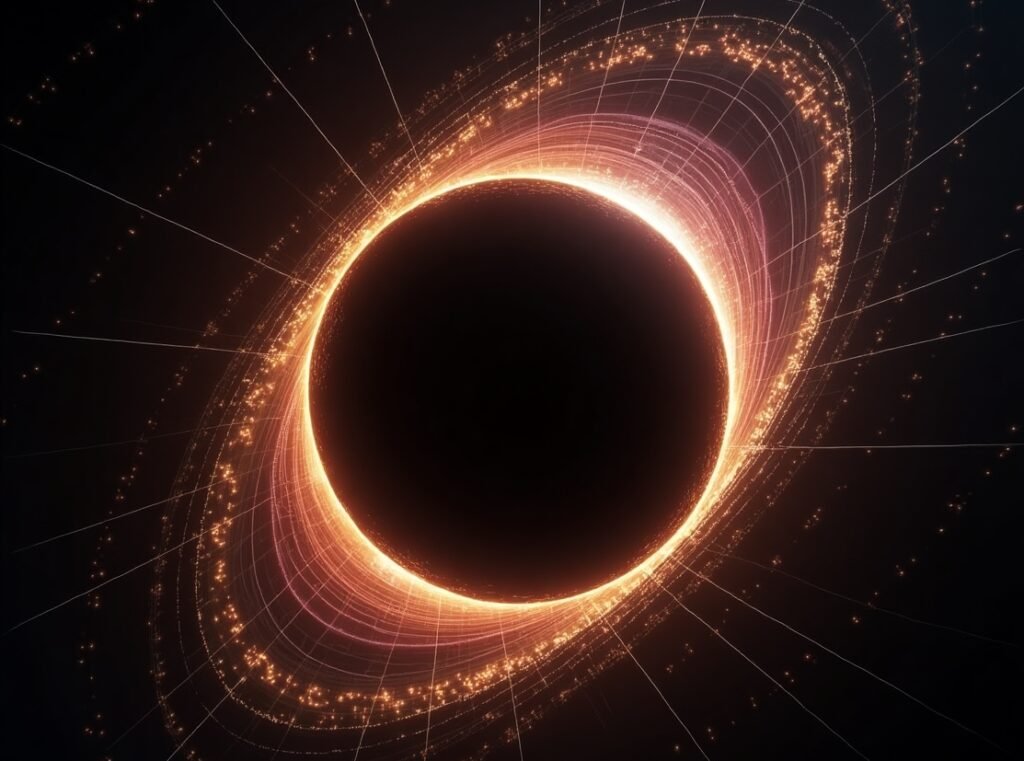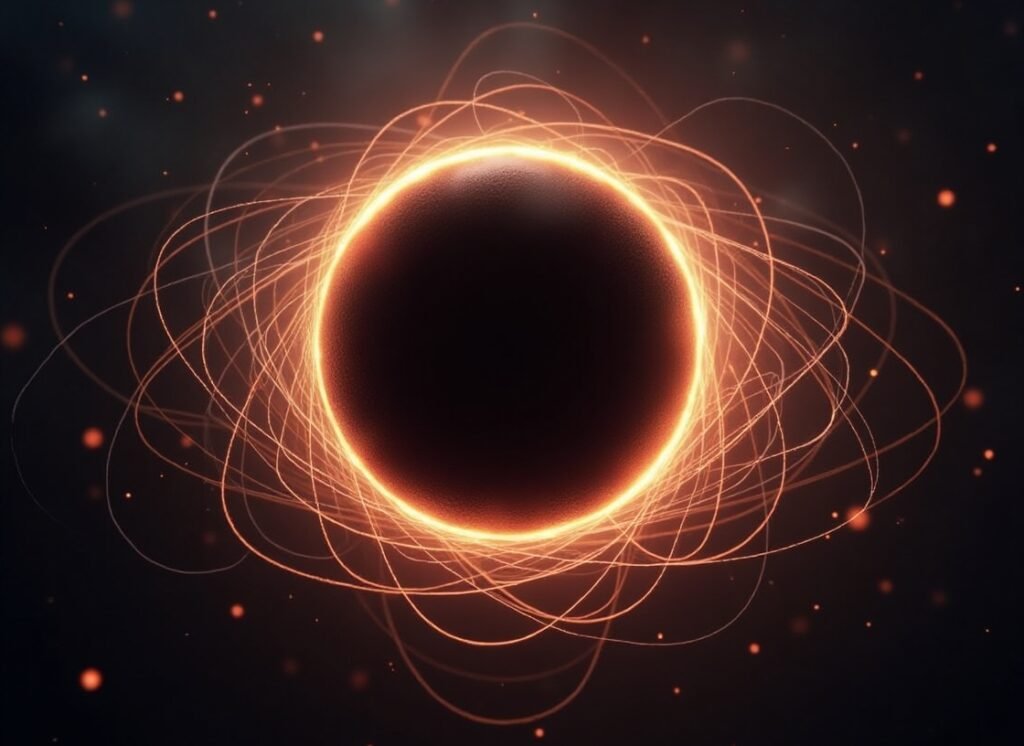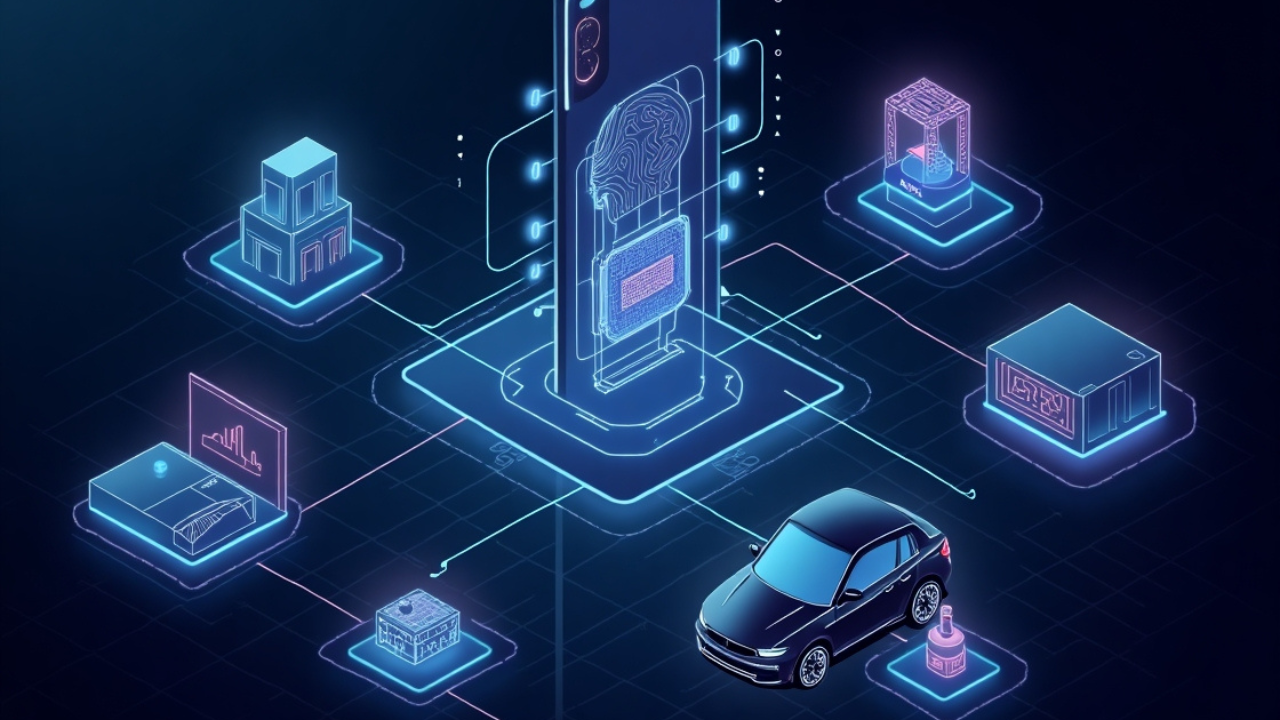Black holes have always captured the imagination — cosmic monsters that swallow everything, even light, leaving behind a mysterious boundary known as the event horizon. But the real puzzle scientists have been wrestling with for decades is not just what goes into a black hole, but what happens to the information once it falls in. This puzzle is known as the Black Hole Information Paradox, and it sits at the heart of one of the biggest unsolved problems in physics.
In 2025, new research directions in quantum gravity are giving scientists fresh hope that this paradox might finally be cracked. Let’s explore how cutting-edge ideas — from Hawking radiation to the holographic principle — are reshaping our understanding of black holes and the very fabric of reality.
What is the Black Hole Information Paradox?
In the 1970s, Stephen Hawking made a groundbreaking discovery: black holes are not entirely black. They slowly evaporate by emitting faint energy called Hawking radiation. But here’s the catch — Hawking argued that this radiation is random and does not carry information about what fell in. If true, this would mean that when a black hole disappears, the information about everything it consumed is lost forever.
That conclusion clashes with the laws of quantum mechanics, which state that information cannot be destroyed. This contradiction between general relativity (Einstein’s theory of gravity) and quantum mechanics is the essence of the paradox.

Enter Quantum Gravity: A Bridge Between Worlds
Physicists believe that to resolve the paradox, we need a unified theory called quantum gravity — a framework that merges general relativity and quantum mechanics. Although a complete theory of quantum gravity is still out of reach, several promising ideas are pushing the conversation forward.
1. The Holographic Principle
One of the most fascinating ideas comes from string theory. The holographic principle suggests that the three-dimensional world we experience, including black holes, could be described by information encoded on a two-dimensional surface. Think of it like a cosmic hologram. If this is true, then the information swallowed by a black hole is not lost — it’s stored on its event horizon and somehow encoded in Hawking radiation.
2. Quantum Entanglement and Wormholes
Quantum mechanics introduces another strange phenomenon: entanglement. Two particles can be mysteriously linked, even across great distances. Some researchers propose that entanglement might connect the inside and outside of a black hole through structures similar to wormholes (also called Einstein-Rosen bridges). This bold idea hints that information could “leak” out of black holes through quantum correlations.
3. Firewall Paradox and Beyond
To resolve the paradox, some physicists suggested that a black hole’s event horizon might not be smooth but instead a blazing firewall that burns up all incoming information. While controversial, this theory sparked deeper debates about the nature of spacetime and whether our classical view of black holes needs a dramatic update.
4. Quantum Gravity Theories
Other frameworks, like loop quantum gravity, suggest that spacetime itself has a discrete, “atomic” structure. If true, black holes might not completely evaporate but leave behind small remnants that preserve information.

Latest Research Directions in 2025
As of 2025, physicists are making significant strides in black hole research:
1. Holographic Simulations:
Researchers are using advanced supercomputers and AI to simulate black holes within the holographic principle framework. These models suggest that Hawking radiation may indeed carry subtle information patterns.
2. Quantum Gravity Experiments:
Though we can’t create black holes in labs, scientists are studying analogue black holes — systems in fluids, light, and ultracold atoms that mimic black hole behavior. These experiments offer insights into how information might escape.
3. Spacetime Geometry Insights:
Mathematicians are exploring new equations describing how quantum information is preserved in curved spacetime. This could bridge the gap between general relativity and quantum mechanics.
4. Wormhole Teleportation Hypotheses:
Some recent work proposes that wormholes might act as “quantum teleportation channels,” enabling information to exit a black hole without violating the laws of physics.
Why Does it Matter?
At first glance, the information loss problem may seem like an abstract puzzle. But solving it could reshape science at the deepest level. Here’s why it matters:
- Toward a Theory of Everything – Cracking the paradox would bring us closer to unifying quantum mechanics and gravity — the holy grail of modern physics.
- Deeper Understanding of Reality – If the holographic principle is true, our universe might fundamentally be information-based, a radical shift in how we see existence.
- Cosmological Insights – Black holes are like laboratories of extreme physics. Understanding them could shed light on the Big Bang and the ultimate fate of the universe.

The Road Ahead
The black hole information paradox has challenged physicists for nearly 50 years. But today, thanks to the combined power of quantum gravity theories, computational models, and experimental analogues, we’re inching closer to answers. Whether through holography, wormholes, or a brand-new principle we haven’t yet discovered, one thing is clear: the solution will reshape our understanding of space, time, and information itself.
As we continue to “crack the black hole code,” the paradox that once seemed unsolvable may turn out to be the key to unlocking the theory of everything.
Final Thoughts
The mystery of black holes is not just about astrophysics — it’s about the very rules of the universe. With each step forward, scientists are revealing that the cosmos is not just stranger than we imagined, but perhaps stranger than we can imagine. And somewhere, deep in the mathematics of quantum gravity, the answer to the Black Hole Information Paradox is waiting to be discovered.





